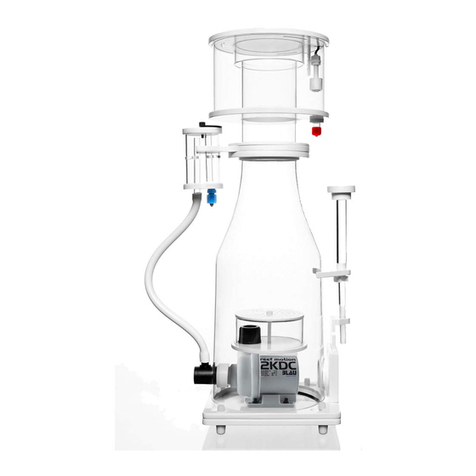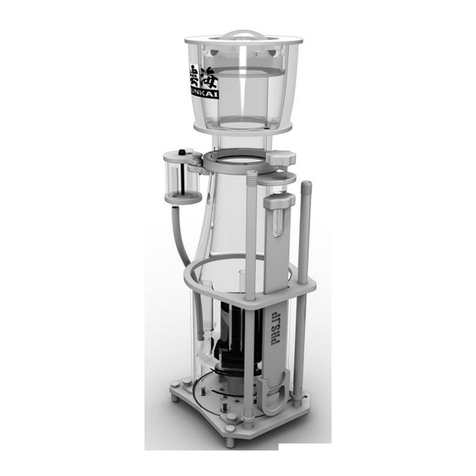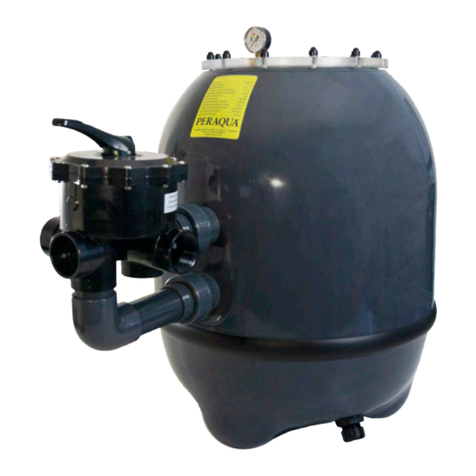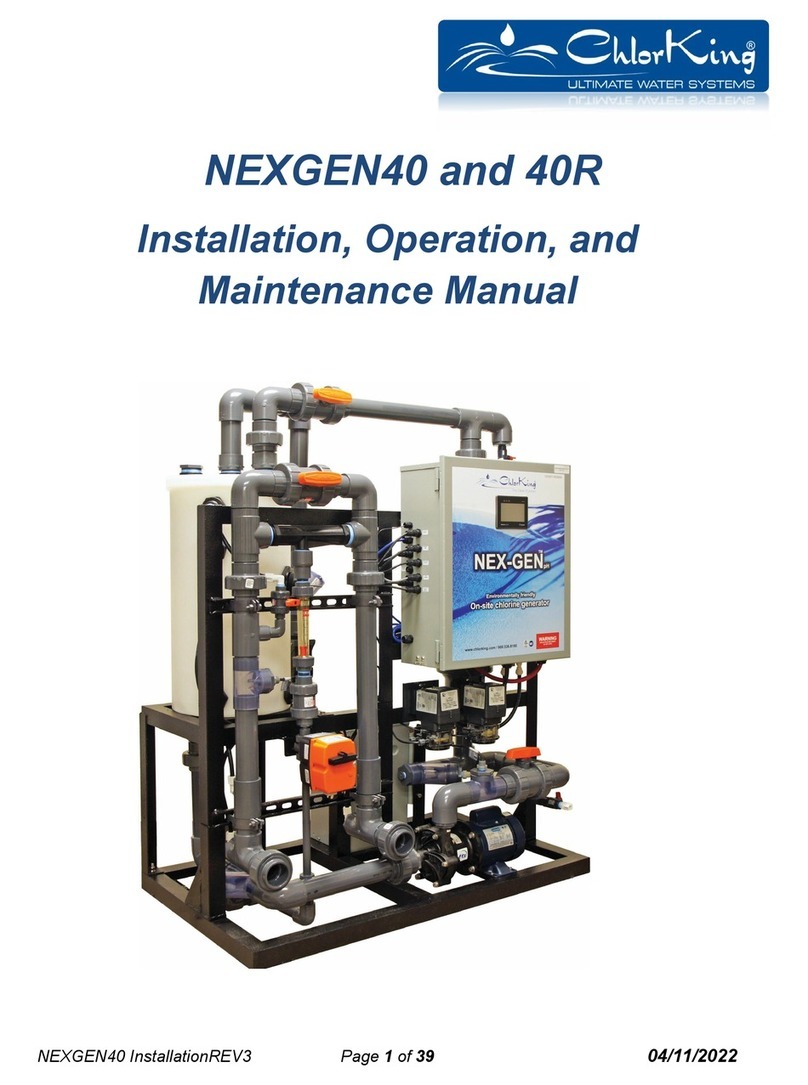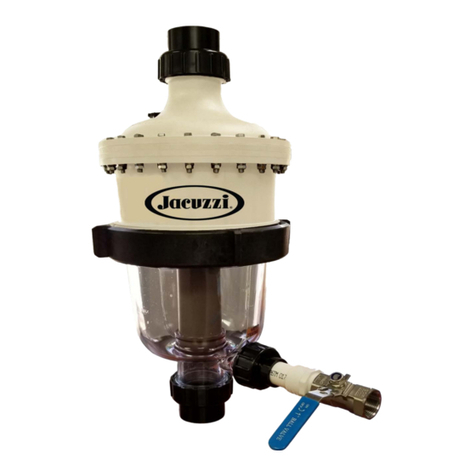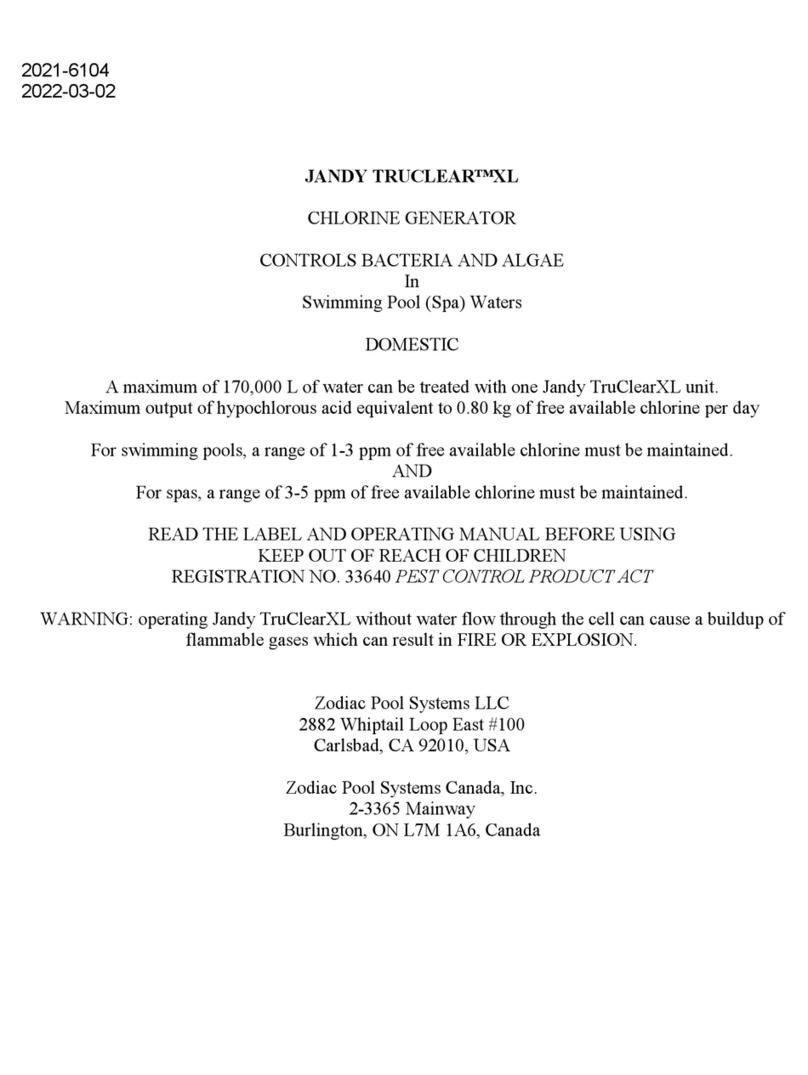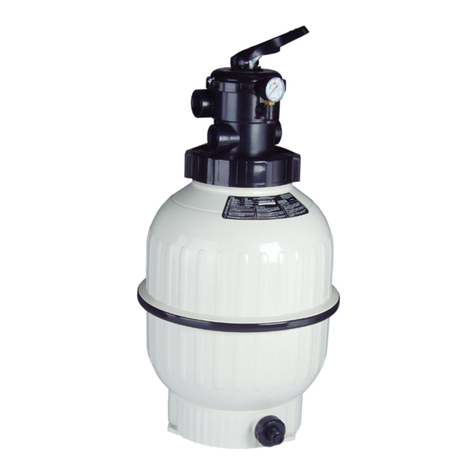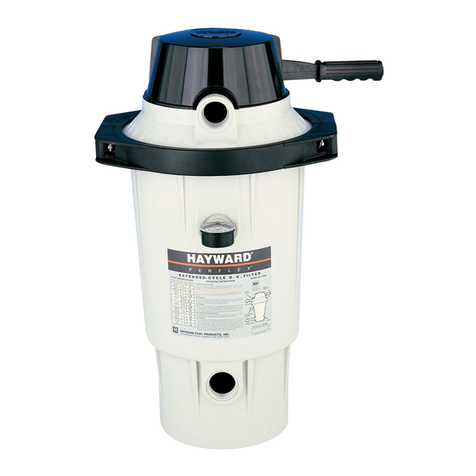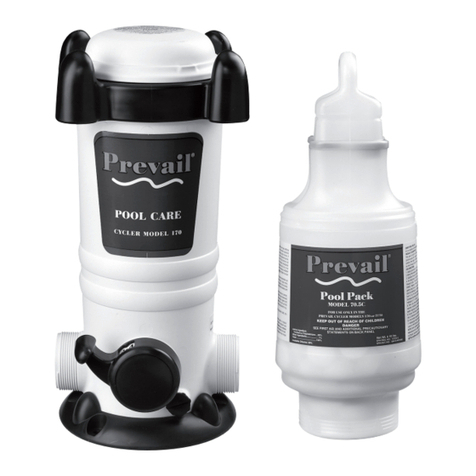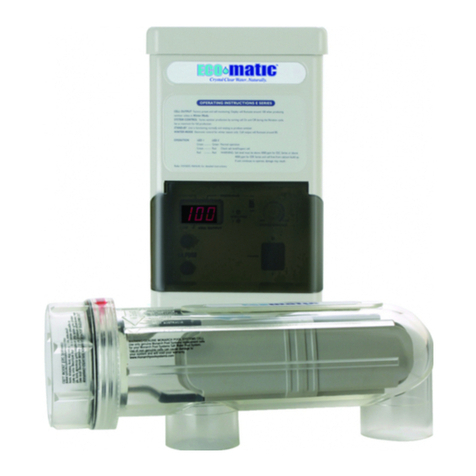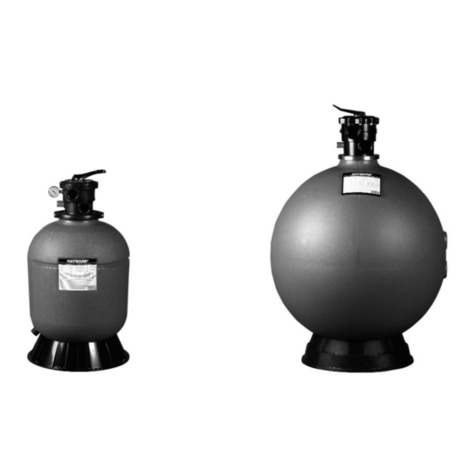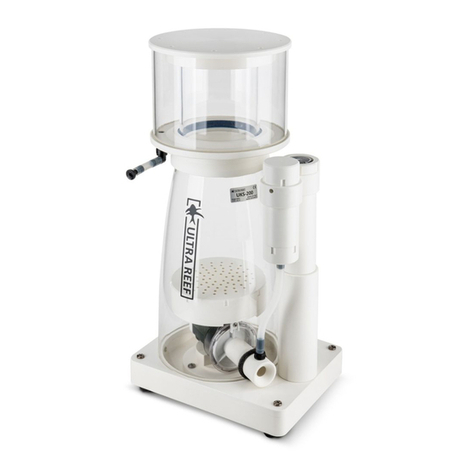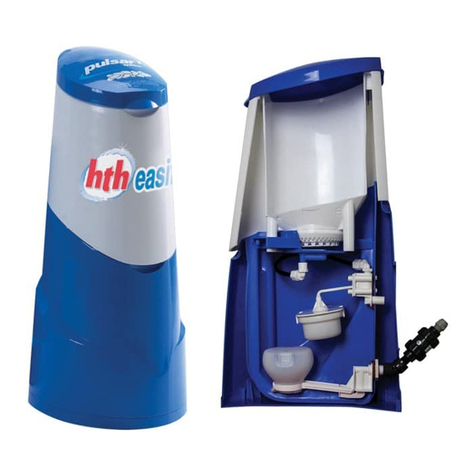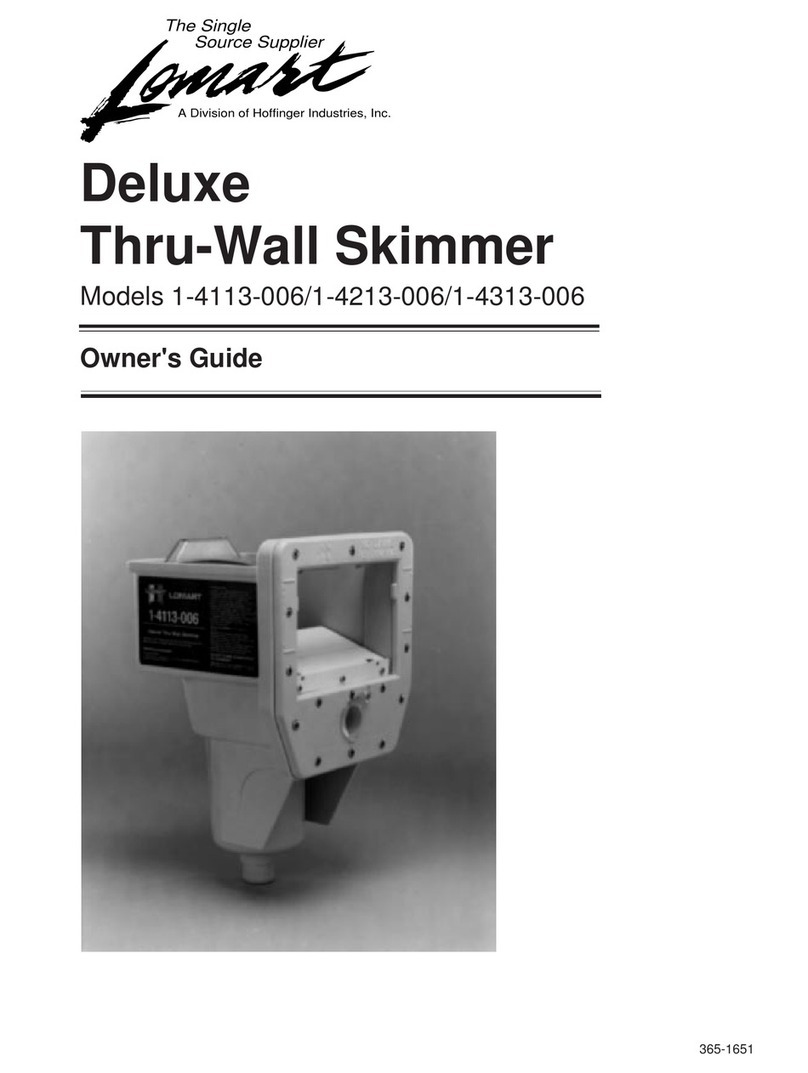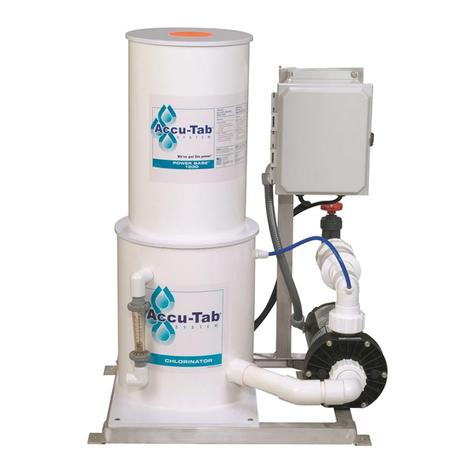13
Water Testing • What to Test For • Recommended Levels
Sanitizer (or ‘chlorine’)
Recommended Level 1.0 - 3.0 ppm
How to Test Normal ‘chlorine’ Test Kit (free-chlorine test)
Frequency of Testing Test and adjust daily, initially, until you achieve consistent readings. Then test at least weekly,
or whenever pool conditions or usage changes.
How to Adjust Use the ECO-matic System Control (and/or vary lter operating time, being sure to run lter
at least the recommended daily hours).
Why Sanitizer? Micro organisms, germs, algae want to grow in your pool water. Correct sanitizer levels (in
combination with other various levels) prevent the growth of such radicals and will maintain
your pool water in a healthy and safe condition.
Sanitizer Demand The amount of sanitizer required for your pool varies from time to time, depending upon such
factors as: the number of swimmers, water temperature, pool environment, hours of sunlight.
Total Alkalinity (TA)
Recommended Range 80 - 120 ppm. Note: Or follow the advice of our pool maintenance person and/or the
contractor who plastered your pool.
Correct level Depends upon the Total Hardness of the water. The harder the water, the lower the TA
should be kept. Check with your local pool service or pool supply store.
How to Test Normal 4-in-1 pool Test Kit. If your Test Kit does not have a TA Test, have your water tested
by your local pool store.
Frequency of Testing After initial adjustment, check every couple of weeks.
How to Adjust There are various methods of adjusting TA. Check with your local pool service or pool supply
store. Lowering TA is achieved by addition of ‘acid’. TA can be raised by adding sodium
bicarbonate (baking soda).
Why TA is Important TA determines the speed and ease of pH change (if you get the TA correct, pH control will
become very simple). TA level effects the frequency of ‘Cell’ scaling.
High TA Makes pH maintenance difcult. Increases potential for scale to form on ‘Cell’, on pool walls, etc.
Low TA Causes etching, staining of plaster pool walls, corrodes metals, makes pH control very difcult.
pH Level
Recommended Range 7.2 - 7.8
How to Test Normal pool Test Kit
Frequency of Testing If the Total Alkalinity (TA) is within the correct range for your pool, the pH will become
more stable - reducing the need to test frequently. Test at least weekly. If pH always needs
adjusting, check and adjust TA.
How to Adjust Lower pH by adding ‘pool acid’ (muriatic acid). Disperse acid by pouring into water around
perimeter of pool. Raise pH using baking soda.
Why pH is Important Properly maintained pH means much fewer pool problems. High pH reduces sanitizer
efciency (makes it more difcult for the sanitizer to do its job) and increases scaling (on
‘Cell’ and on pool walls etc). Low pH will cause etching of plaster pool walls, corrodes metal
components, stains pool walls, eye irritation, destruction of Alkalinity.
Conditioner, Stabilizer (Cyanuric acid)
Recommended Range 50 - 80 ppm (may vary in some areas)
How to Test Some pool Test Kits include this Test. You can also purchase a Cyanuric Acid Test Kit, or
have your pool service test for you, or take a water sample to your local pool supply store.
Frequency of Testing Once or twice per year is normal. More frequently if water is lost from pool by way of leaks,
splash-outs, etc.




















